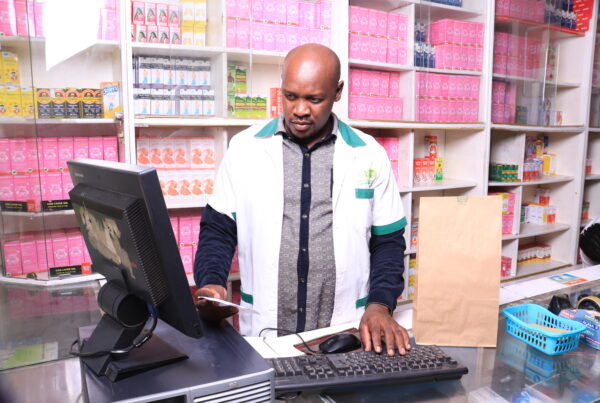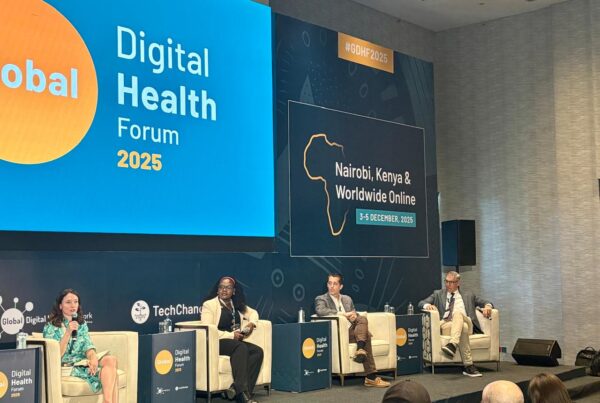The potential for increasing the capacity and efficiency of healthcare and medical transportation systems with Drones seems promising. Drones can be defined as any crew-less aerial vehicle that is remotely piloted. That is, a drone is a flying robot that can be remotely controlled or fly autonomously using software-controlled flight plans in its embedded systems that work in conjunction with onboard sensors and a global positioning system (GPS)
Denga logistics is a digital health platform that uses drones and motorbikes to transport life-saving medical commodities such as medicines, blood products for transfusion, contraceptives, and laboratory test kits to hard-reached health facilities and transport lab samples for laboratory testing to a higher-level facility.
Denga incorporates various sectors such as clean technology and energy, Healthcare, Transport, and logistics. This bridges the road infrastructure gap and poor access to healthcare services in hard-to-reach communities. This has proved to be one of the most effective and convenient ways to get medical supplies to remote areas on time.
Also, This contributes to the effective and smooth operations of rural health facilities due to a timely and regular supply of essential medical commodities from the district centers. On the other hand, conventional medical supplies and blood transportation from a designated medical facility to remote areas or villages can be costly and time-consuming.
CASE STUDY: Rwanda
Drones supply 60% of Rwanda’s national blood; about half of that blood is used for women suffering from postpartum hemorrhage. According to Marie Nisingizwe and colleagues, In the Lancet Global Health, 12733 blood product orders were delivered by drones to 20 district and provincial hospitals in Rwanda over 32 months from March 17, 2017, to December 31, 2019.
Also, The median road-based delivery time based on Google Maps estimated driving times was 139 minutes, whereas the median drone delivery time was 41 minutes, excluding the preparation and packaging time. Thus, The mean delivery time by drone was 49.6 minutes.
Furthermore, The outbreak of the COVID-19 pandemic forced Rwanda to innovate in finding a sustainable medical transportation system to reduce human interaction to curb the spread of the virus. Drones have therefore been technological tools that allowed medical personnel to perform their tasks effectively and to save more lives.
Benefits of using Drones in the medical transportation system
One can ask himself the advantages that come with the adoption of drones for healthcare delivery in Africa, especially for hard-to-reach communities. Medical supply using drones improves response time and increases delivery efficiency.
Moreover, adopting drones reduces travel time for diagnosis and treatment and is cost-effective compared to road transport in rugged terrains.
Drones are environmentally friendly because they reduce carbon dioxide emission levels and consume less energy per kilometer in delivering a package than delivery trucks do. Also, They reduce road traffic due to the decrease of cars and trucks on the road. Medical supplies aerially delivered by drones are categorized into first aid kits, medical aids and human body parts, personal protective equipment, and others in the order of urgency.
One of drones’ most crucial delivery products is blood due to their need when conducting diagnoses and rapid transfusions. Additionally, blood is always a requirement during health emergencies like Anaemia – a condition in which the number of red blood cells or the hemoglobin concentration is lower than usual, and Hypoglycemia – a condition in which blood sugar (glucose) level is lower than the standard range, and brain involvement.
Rwanda leveraged drone technology to deliver blood to women with postpartum hemorrhage and those in labour. Moreover, they can supply medical supplies such as vaccines. In terms of human body parts, drones are used to supply kidneys. During the COVID-19 pandemic, drones were used to deliver Personal Protective Equipment (PPEs), such as gloves and facemasks, to health facilities to prevent the virus’s spread. Other supplies include pathology specimens, laboratory test samples, HIV therapies, and condoms—the Contribution of Norrsken House Kigali and the Novartis Foundation.
Denga logistics, being part of the 30 startups of the HealthTech challenge, received a full-year subsidy to the Healthtech Hub Africa co-working space and community within the Norrsken Kigali House, an entrepreneurship hub that offers training, capital, network, advice, and an innovation program to entrepreneurs that have startups that solve population health challenges aiming to accelerate their growth and connect with the right partners and contributors.











